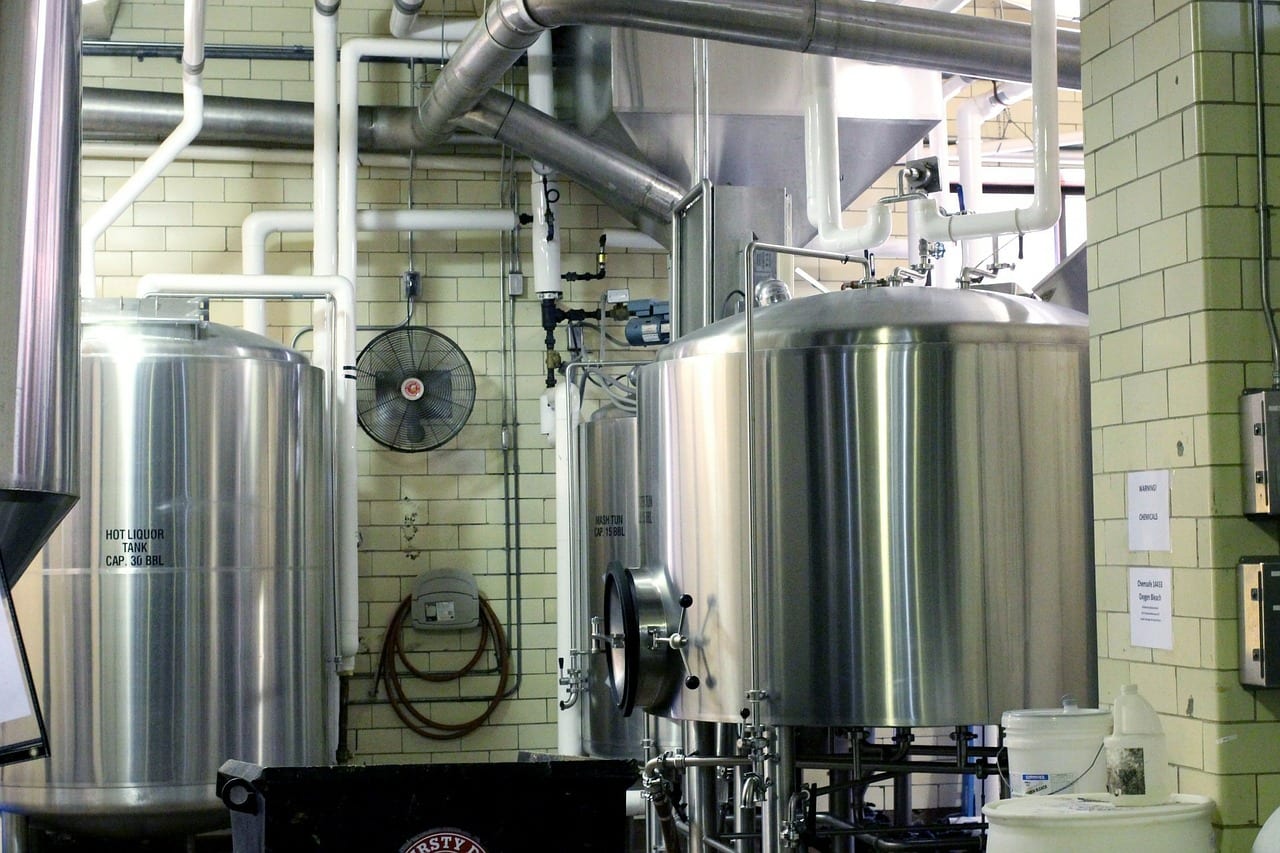
Corrosion is a pervasive problem that affects industrial environments in the Midwest and the equipment used. Corrosion is defined as any reaction between a metal and its surrounding that leads to the breakdown of the metal. Many things can cause corrosion, but all involve either a chemical or electrochemical reaction and require close consideration of chemical compatibility when choosing the right industrial equipment.
Common Corrosive Environments for:
HVAC Equipment
Industrial HVAC systems are often placed into extremely demanding environments, resulting in constant exposure to corrosive elements such as hydrogen sulfide, sulfuric acid, hydrogen chloride, and saltwater. If these contaminants find their way into the onsite structures of a facility, they can quickly destroy sensitive equipment and shut down critical processes.
Applications in which corrosive particles are found in high concentrations include water and wastewater treatment facilities, pulp/paper mills, chemical and petrochemical plants, and coastal or offshore facilities.
Irrigation Equipment
The effects of corrosion on the safe, efficient operation of irrigation equipment are often more serious than the simple loss of a mass of metal. Problems with wear and corrosion are one of the biggest reasons why irrigation professionals frequently replace their machinery, and it’s estimated that corrosion represents 5%-10% of the value of all new equipment. Corrosion is exacerbated by the many commercial chemicals that are today used on farmland, grain and silage preservatives, pests, and weed control, as well as in the proprietary acid solutions used for cleaning equipment. Additionally, farm waste and slurries contain many chemicals that are harmful to irrigation equipment.
Oil & Gas Equipment
Carbon dioxide is found in gas, water, oil, and other fluids produced in the oil & gas industry. Oil containing a high carbon dioxide content can be difficult to refine, requiring the construction of special refineries designed specifically to handle carbon dioxide. Since such facilities are expensive, carbon dioxide will continue to be a prime corrosive threat to oil and gas equipment. Meanwhile, oxidation is the most common form of corrosion, causing metals like iron and aluminum to rust.
Considerations
Different options are available for combating corrosion, some options of which are better than others depending on pH, chloride, sulfate, and other chemical levels. Galvanized pipe is the industry-standard protective option for corrosive-prone environments and is the first line of defense in combating corrosion. If you are in an area where even mild corrosion is possible, galvanized pipe is a must. For the most corrosive environments, poly-lined pipes provide the best protection. This type of lining is chemically inactive so it has no limit on pH, chlorides, water softness, salinity, or farm chemicals. The lining not only prevents the weakening of the pipe structure but also prevents rust flakes from clogging sensitive areas.
Specific to preventing oxygen corrosion, keeping oxygen from contacting steel or other metal components is a basic first step in preventing corrosion. Painting metal components is another effective deterrent.
Get in Touch Today
Corrosion is an issue that affects a variety of industries, from oil and gas to irrigation and HVAC. To combat corrosion, choose the right materials with our Chemical Compatibility Database. For further insights, get in touch with Mid-West Instrument today.

